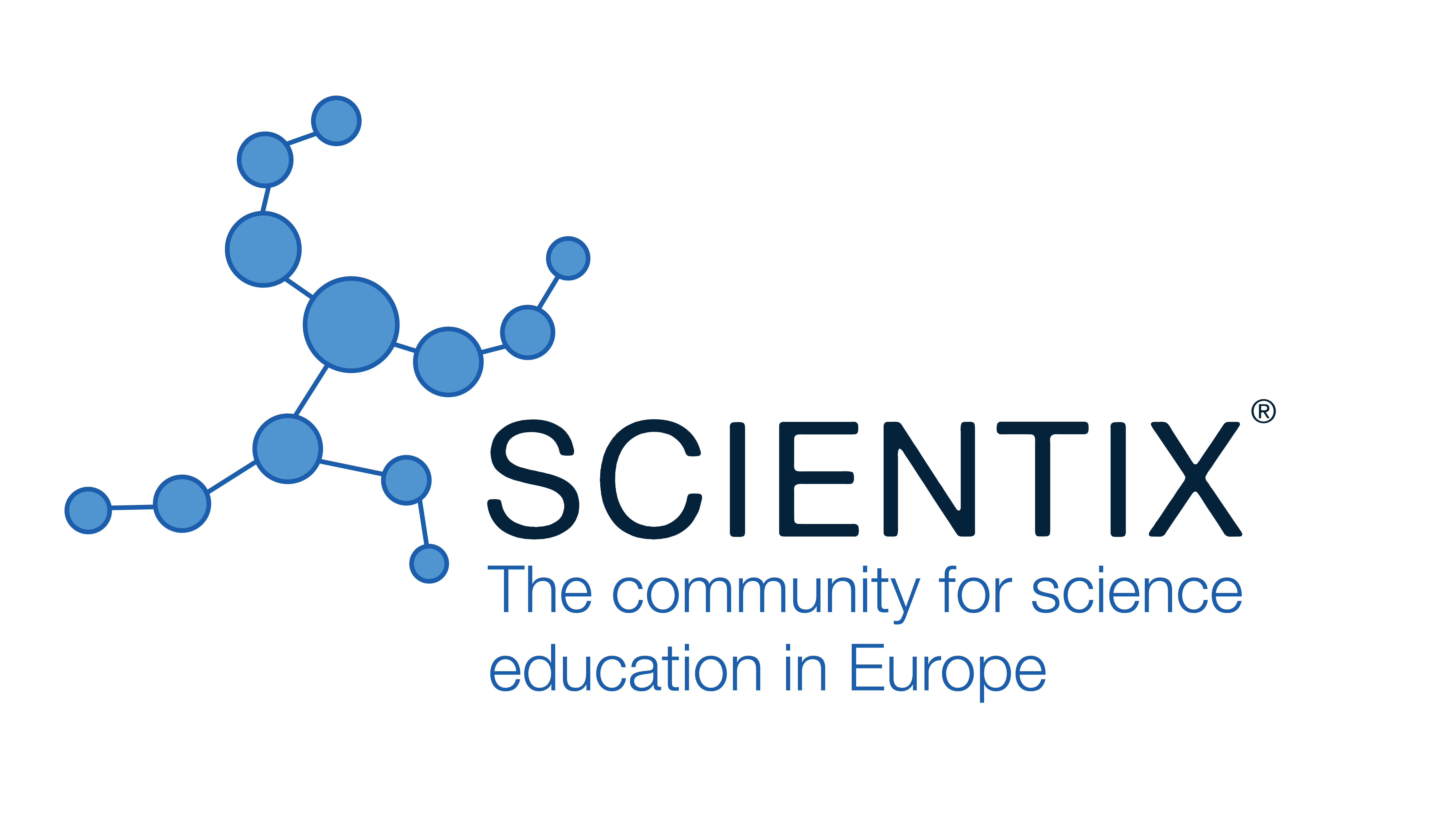Digital Affordances and Learning Italian as Second Language
Barbara D’Annunzio, Società Dante Alighieri (Italy)
Giuseppe Chia, Istituto Superiore per le Industrie Artistiche, ISIA (Italy)
Abstract
This contribution aims to analyze the degree of affordance and usability of digital Learning Objects used via mobile devices, in learning Italian as second language. Through both a qualitative and quantitative analyses, we observed how different design choices, used to present the same content, may enact positive or negative affordance perception, carried by different levels of usability [1, 2, 3, 4,]. The sample, consisting of students from A1 and A2 courses of Italian as a second language in schools of the Dante Alighieri network in Italy, was chosen in a probabilistic way, without restrictions based on age, education, and language. The qualitative aspects of the experiment were investigated through classroom observations and interviews; quantitative results were obtained by measuring the time needed to complete activities. The theoretical framework is Universal Design for Learning [5], which aims to make educational curricula adaptable, accessible and responsive to the needs of individual learners, thus any educational material, through various designs, may be an opportunity for anyone to learn. The possibility of adapting a LO to different needs leads to different ways of experiencing it, regarding the perceived affordance, intended as “the way in which the learning environment provides opportunities” [4]. A positive affordance improves an increasing familiarity in the use of an object, promoting a beneficial learning experience. The learners therefore take advantage of an emergent agentivity given by an affordable design, which enables them to direct the cognitive efforts in order to achieve the goals of the assigned task [6, 7].
|
Keywords |
affordance, usability, mobile learning, Italian as second language |
|
REFERENCES |
[1] Gibson, J. J. (1977). The theory of affordances. Hilldale, USA, 1(2), 67-82. [2] Norman, D. (2013). The design of everyday things: Revised and expanded edition. Basic books:NY. [3] Hayes, R. A., Carr, C. T., & Wohn, D. Y. (2016). One click, many meanings: Interpreting paralinguistic digital affordances in social media. Journal of Broadcasting & Electronic Media, 60(1), 171-187. [4] Chen, M. (2022). Digital affordances and teacher agency in the context of teaching Chinese as a second language during COVID-19. System, 105, 102710. [5] Meyer, A., Rose, D. H., & Gordon, D. (2014). Universal design for learning: Theory and practice. CAST Professional Publishing. [6] Masoudi, N., Fadel, G. M., Pagano, C. C., & Elena, M. V. (2019). A review of affordances and affordance-based design to address usability. In Proceedings of the Design Society: International Conference on Engineering Design, Vol. 1, No. 1, 1353-1362. Cambridge University Press. [7] Lankiewicz, H. (2011). Away from the Input: Affordance as a Way of Activating Personal Touch to Language Learning. In: Extending the Boundaries of Research on Second Language Learning and Teaching. Springer, Berlin, Heidelberg.
|
 Innovation in Language Learning
Innovation in Language Learning





























